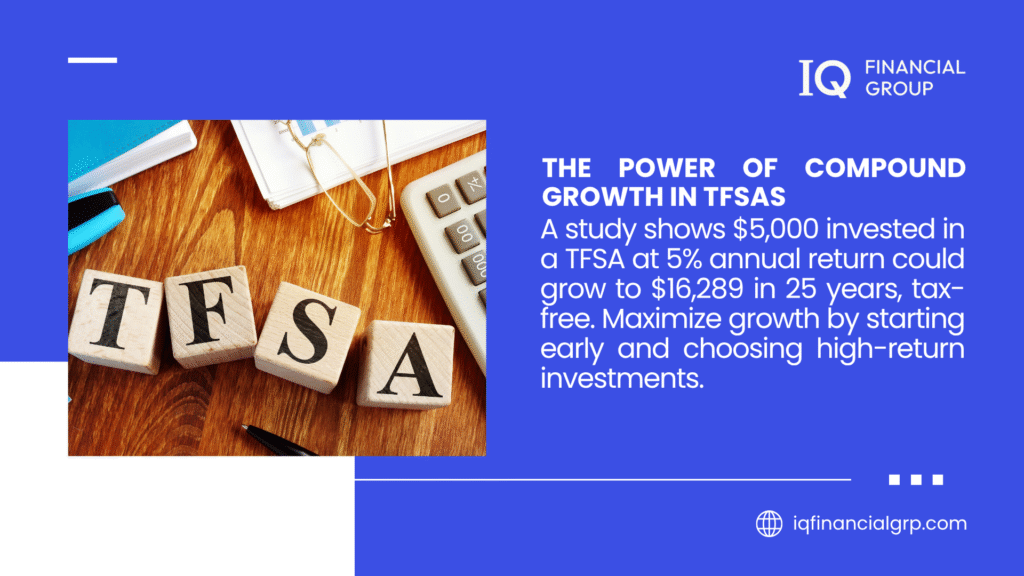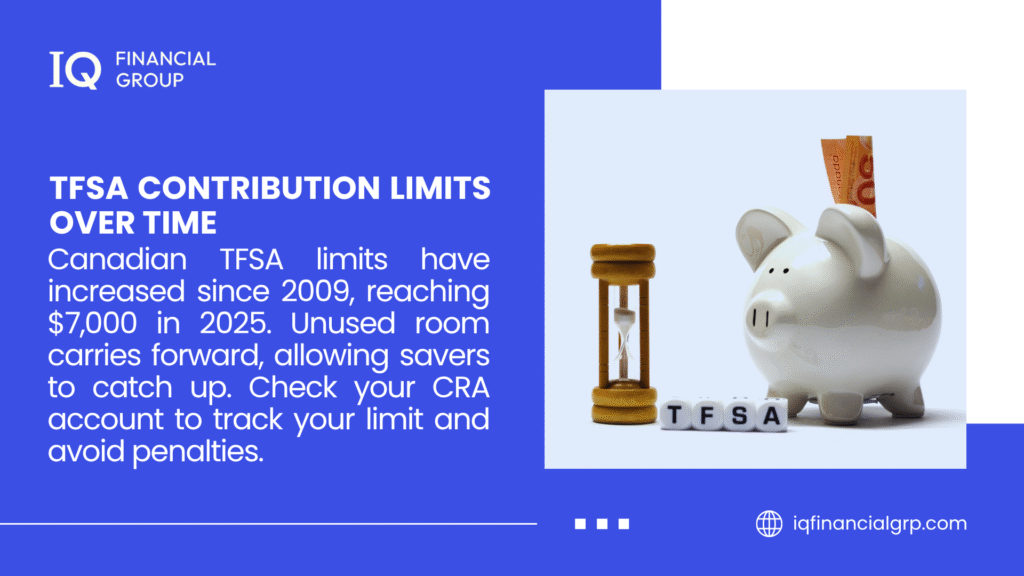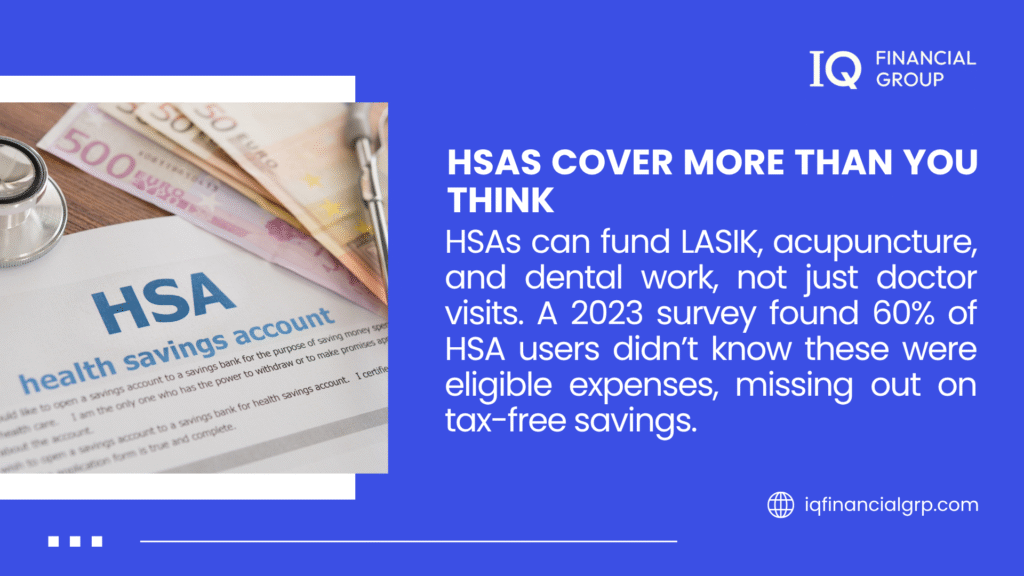Nobody likes paying taxes. Especially when it comes to money that’s already been sitting around earning interest. Regular savings accounts are basically feeding the government every time they make a few bucks. A tax free savings account changes all that.
Let’s say someone puts $5,000 into a regular savings account. After a year, it’s grown to $5,200. Come tax time, they owe money on that $200 gain. With a tax-free savings account, they keep the whole $200. Simple as that.
Why Tax-Free Savings Accounts Actually Work
The whole point of a tax-free savings account is right there in the name. Money goes in after taxes have already been paid on it. Then it sits there growing – interest, dividends, capital gains, whatever – and none of that growth gets taxed. When it’s time to take money out, there’s no tax bill waiting.
Regular investment accounts are different. Every time someone sells something for a profit, they’re creating a taxable event. With tax-free accounts, that doesn’t happen. People can buy and sell investments inside the account without worrying about the tax consequences.
Three Main Types of Saving Accounts21
Tax-Free Savings Account (TFSA)
This is Canada’s version, and it’s pretty generous. People can put in cash, buy stocks, bonds, mutual funds, and even some alternative investments. The contribution room accumulates each year.
Health Savings Account (HSA)
HSA is actually better than most people realize. Money goes in tax-deductible, grows tax-free, and comes out tax-free for medical expenses. The definition of “medical expenses” is broader than most people think – things like eye exams and dermatology appointments count.
Health Reimbursement Arrangement (HRA)
The employer funds HRA. It covers medical costs that regular insurance might not fully handle. Things like chiropractic treatments or orthodontic work often fall into this category.
The Numbers That Matter
Every tax free savings account has contribution limits. Go over them, and the penalties can be harsh.
| Account Type | 2024 Limit | Age Rules | Withdrawal Rules |
| TFSA (Canada) | $7,000 CAD | 18 and up | No penalties, room comes back next year |
| HSA (US) | $4,300 single / $8,550 family | No age limit | Tax-free for medical expenses only |
| Roth IRA (US) | $7,000 ($8,000 if over 50) | No age limit | 5-year rule for earnings |
Starting early makes a huge difference. Even small amounts can grow into significant money over time when they’re not getting taxed.

Making the Money Grow
Too many people treat their tax free savings account like a regular savings account. They stick money in there earning 1% or 2% interest and call it a day. That’s missing the point entirely.
These accounts can hold real investments. Someone who’s conservative might buy dividend-paying stocks or bonds. Since the dividends aren’t taxed, they get to keep everything. Someone who’s more aggressive might buy growth stocks or equity funds. They can rebalance their portfolio without creating a tax mess.
How to Avoid Tax on Savings Account Interest
There are ways to minimize taxes on regular savings too. The basic strategy is putting tax-inefficient investments in tax-advantaged accounts first. Things that generate lots of taxable income – like bonds or dividend stocks – go in the tax-free accounts. Growth stocks that don’t pay dividends can go in regular taxable accounts.
Timing contributions can also help. Sometimes it makes sense to contribute when income is high to get a bigger tax deduction. Other times it’s better to contribute when income is lower.

Common Mistakes
The biggest mistake is contributing too much. The penalties are severe – sometimes 1% per month on the excess contribution. Always track the contribution room carefully.
Another mistake is being too conservative. Keeping everything in low-yield savings defeats the purpose. Tax-free growth is the main benefit, so there needs to be actual growth.
Some people also don’t understand the withdrawal rules. With some accounts, there’s a difference between withdrawing contributions versus withdrawing earnings. Getting this wrong can trigger unexpected taxes or penalties.
The Bigger Picture
A tax free savings account shouldn’t be the only savings vehicle. It works best as part of a complete financial strategy that includes emergency funds, retirement accounts, and proper insurance coverage. Understanding what health insurance covers helps determine how to use health-related tax-advantaged accounts effectively.
Successful savers coordinate contributions across different account types. They balance tax-free growth with tax-deferred savings and adjust their approach when circumstances change.

Stop Losing Money to Taxes
Every year spent not optimizing tax-free savings strategies is money left on the table. At IQ Financial Group, advisors help clients build comprehensive savings approaches that minimize taxes and maximize growth potential.
Contact IQ Financial Group to schedule a consultation and find out how much could be saved with a properly structured tax-free savings strategy. The longer someone waits, the more money they’re giving away unnecessarily.
You May Like These:

